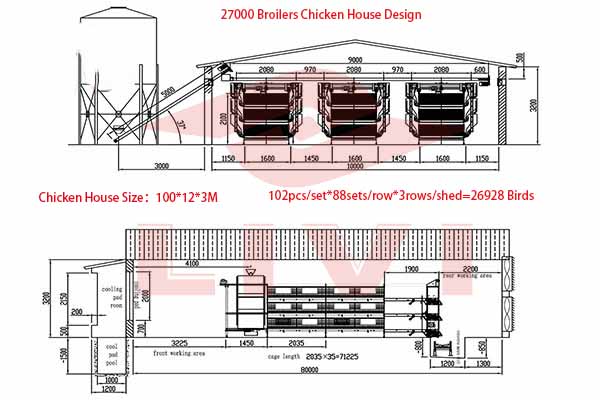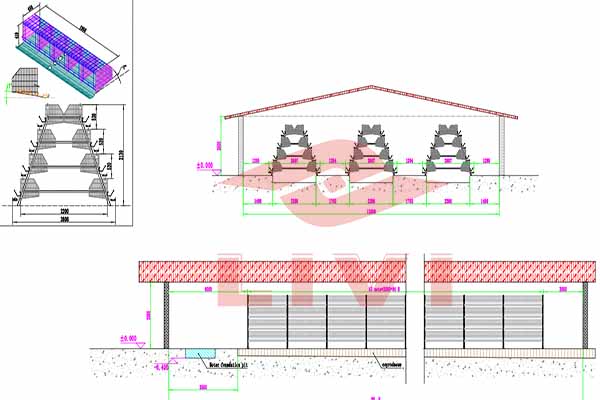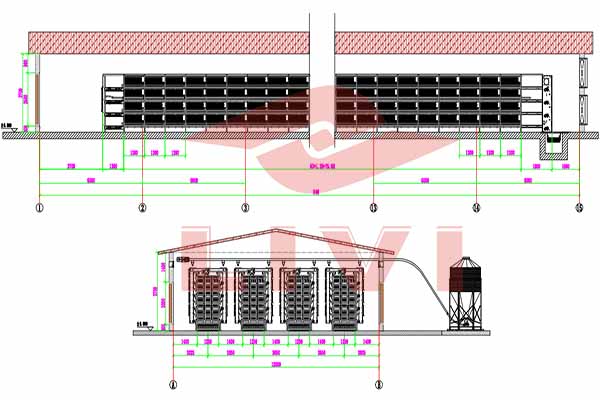Optimizing Poultry House Ventilation for 40,000 Chickens in Botswana
Effective ventilation is crucial in poultry farming, especially when managing a large-scale operation like a 40,000-chicken poultry house in Botswana. This article delves into the importance of a robust ventilation system, the challenges faced, and the solutions available to ensure the health and productivity of your flock.
Challenges in Ventilation for Large-Scale Poultry Houses
- Temperature control: Maintaining optimal temperatures is vital for chicken health and growth rates.
- Air quality: High ammonia levels can cause respiratory issues in chickens.
- Energy efficiency: Efficient ventilation reduces energy costs and environmental impact.
With these challenges in mind, let’s explore some key aspects of a 40,000-chicken poultry house ventilation system.
Key Components of a Ventilation System for 40,000 Chickens in Botswana
| Component | Description |
|---|---|
| Intake Louvers | Provide fresh air intake and allow for controlled air exchange. |
| Exhaust Fans | Remove stale air and excess heat from the poultry house. |
| Bioclimatic Chambers | Utilize natural ventilation to reduce energy consumption. |
| Humidity Controls | Prevent excessive humidity levels that can lead to disease and discomfort. |
These components work together to create a balanced and efficient ventilation system. For a 40,000-chicken poultry house in Botswana, the following considerations are essential:
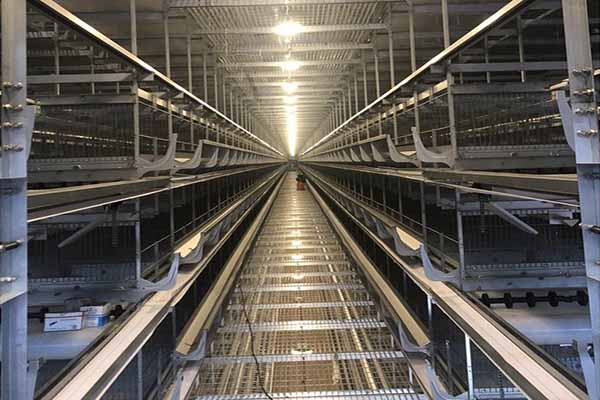
1. Airflow Rate
The airflow rate for a poultry house ventilation system should be between 0.4 and 0.6 cubic meters per second per bird. This ensures that enough fresh air is provided to maintain optimal conditions for the chickens.
2. Temperature Control
Temperature should be maintained between 18-22°C (64-72°F) for optimal growth. In Botswana, a combination of natural ventilation and mechanical fans can be used to control the temperature within this range.

3. Air Quality
Regular air quality monitoring is essential to detect and mitigate ammonia levels. Proper ventilation can significantly reduce ammonia emissions, thus improving the health of the chickens.
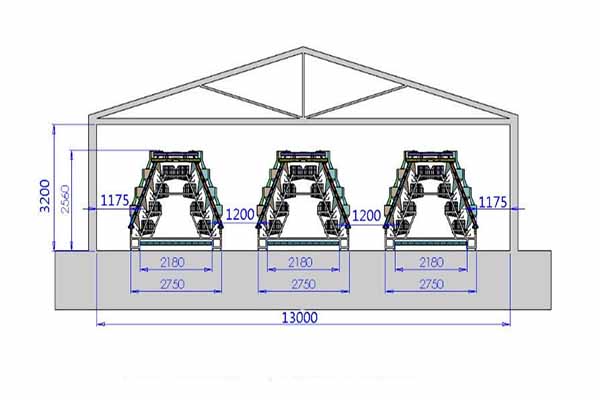
Conclusion
Implementing an effective ventilation system for a 40,000-chicken poultry house in Botswana is essential for the health, growth, and overall productivity of your flock. By carefully considering the key components, airflow rate, temperature control, and air quality, you can create an environment that promotes optimal growth and reduces the risk of disease.
Are you looking to enhance your poultry house ventilation system? Contact LIVI Mechanical today for a free, customized poultry house design and equipment quotation. Our team of experts is ready to assist you in creating an efficient and sustainable environment for your chickens.


